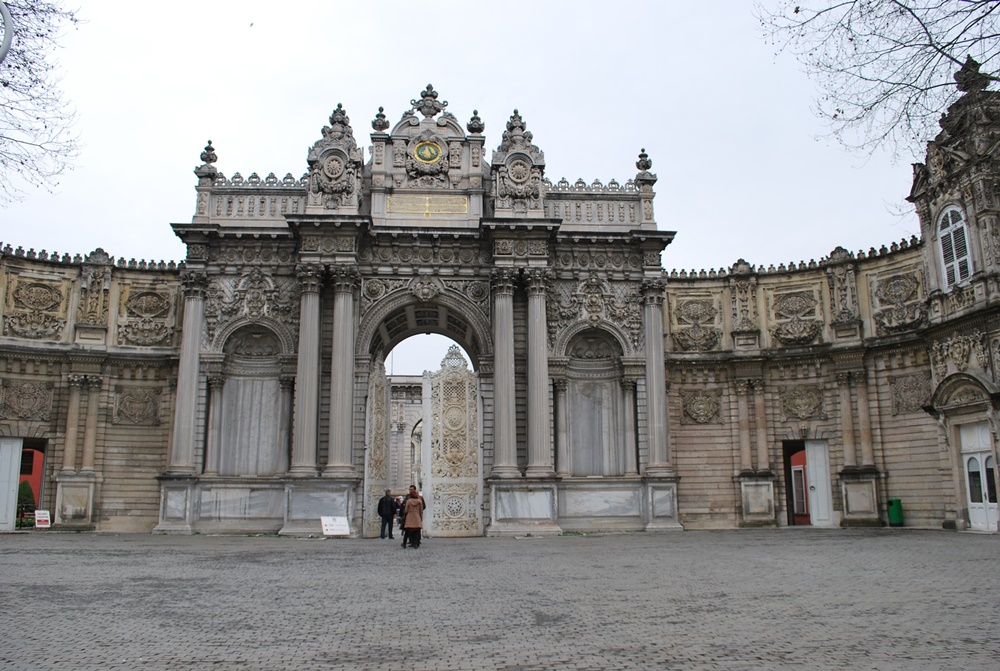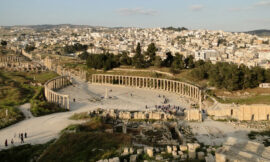Beylerbeyi Palace, situated on the Asian shore of the Bosphorus in Istanbul, Turkey, stands as a testament to the opulence and grandeur of the Ottoman Empire. This magnificent palace, renowned for its architectural splendor and historical significance, has played various roles throughout its existence, serving as a royal residence, a symbol of imperial power, and even as a meeting place for world leaders.
Constructed during the reign of Sultan Abdulaziz, Beylerbeyi Palace was commissioned in the mid-19th century and completed in 1865. The palace, designed by the Armenian palace architect Sarkis Balyan, reflects a harmonious blend of Ottoman, European, and Oriental architectural styles. Its strategic location along the Bosphorus not only provides breathtaking views of the strait but also adds to the palace’s allure as a waterside retreat.
One of the defining features of Beylerbeyi Palace is its white marble façade, adorned with intricate ornamentation and delicate details. The exterior is a stunning example of the eclectic tastes prevalent during the Ottoman Empire’s later years, incorporating elements of Baroque, Rococo, and Neo-Classical styles. The palace’s façade is punctuated by a series of elegant windows, arched doorways, and ornamental details that showcase the craftsmanship of the period.
As visitors enter the palace, they are greeted by lavishly decorated interiors that reflect the tastes of the Ottoman sultans. The grand reception hall, known as the Mabeyn-i Hümayunu, is a masterpiece of Ottoman design, featuring gilded moldings, crystal chandeliers, and intricately patterned carpets. The ceremonial hall, or Muayede Salonu, is equally impressive, with its exquisite ceiling frescoes, large mirrors, and opulent furnishings.
One notable aspect of Beylerbeyi Palace is its collection of imperial furniture and décor. The palace’s rooms are adorned with sumptuous textiles, crystal chandeliers, and exquisite ceramics, offering a glimpse into the luxurious lifestyle of the Ottoman elite. Each room tells a story of the palace’s past, preserving the legacy of the Ottoman Empire within its walls.
The palace served as a summer residence for Ottoman sultans, offering a retreat from the hustle and bustle of the Topkapi Palace in the heart of Istanbul. Beylerbeyi’s serene gardens, adorned with fountains, pavilions, and well-manicured greenery, provided a tranquil setting for leisure and contemplation.
In addition to its role as a royal residence, Beylerbeyi Palace has witnessed historic events and diplomatic encounters. One of the most notable instances occurred in 1914 when the palace hosted a meeting between Ottoman leaders and Wilhelm II, the German Emperor. This meeting holds historical significance as it preceded the Ottoman Empire’s entry into World War I as an ally of the Central Powers.
Today, Beylerbeyi Palace stands as a museum open to the public, allowing visitors to step back in time and experience the grandeur of the Ottoman era. Guided tours offer insights into the palace’s history, architecture, and the lives of the Ottoman rulers who once resided within its walls.
The palace’s location along the Bosphorus also contributes to its appeal. Visitors can enjoy panoramic views of the strait, the European side of Istanbul, and the historic Maiden’s Tower. The Bosphorus Bridge, connecting the European and Asian sides of the city, adds a modern touch to the timeless beauty of the surroundings.
In conclusion, Beylerbeyi Palace in Istanbul is a jewel of Ottoman architecture, a testament to the empire’s cultural richness and imperial grandeur. Its intricate design, historical significance, and stunning setting along the Bosphorus make it a must-visit destination for those seeking to explore the legacy of the Ottoman Empire in the heart of Turkey. Beylerbeyi Palace stands as an enduring symbol of Istanbul’s historical tapestry and the cultural treasures that continue to captivate visitors from around the world.



